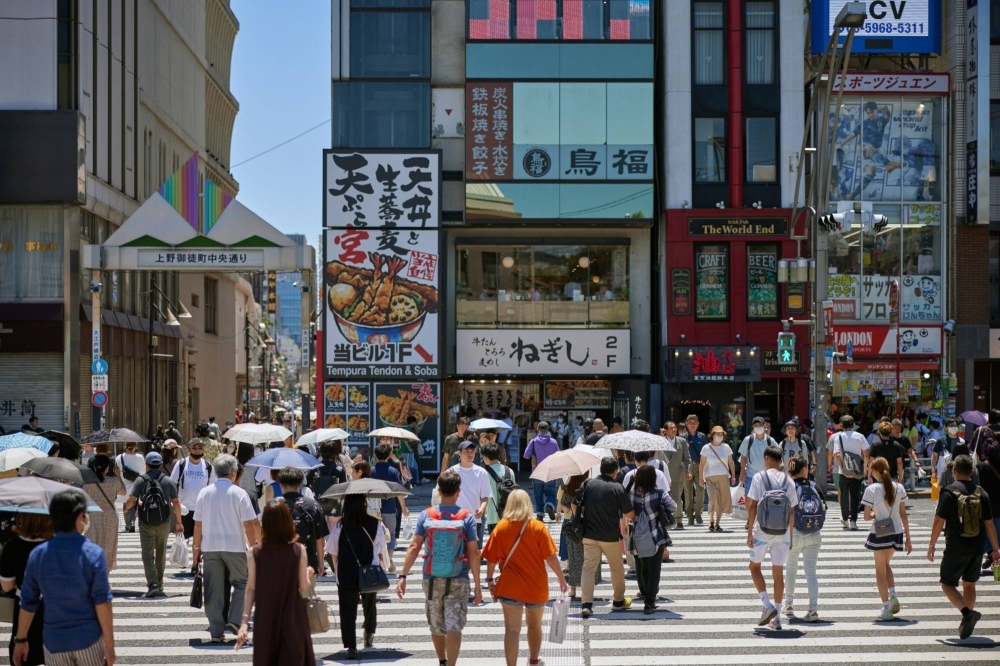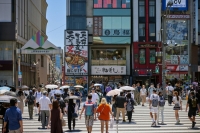The income gap among households in Japan has remained close to the record-high disparity logged in 2014, a government survey conducted in 2021 showed Tuesday, with the coronavirus pandemic likely having hit temporary workers hard.
The key parameter for measuring income inequalities, known as the Gini coefficient, came to 0.5700, worsening 0.0106 point from the previous study in 2017, the Health, Labor and Welfare Ministry said. The 2017 figure showed a slight improvement from 2014, when the gap marked 0.5704, the highest value on record.
A Gini coefficient of 1 expresses maximum inequality, where only one person has all the income in society. A Gini coefficient of 0.4 is regarded by social scientists as the danger line where income inequality could trigger social unrest.
According to the latest survey that covered income for 2020, when the first COVID-19 state of emergency was declared in Japan, the annual average income before tax and social security benefits like public pensions across all Japanese households fell 1.4% to ¥4.23 million ($29,000) from the 2017 survey.
The ministry noted that the government's efforts to keep unemployment low, among other measures taken during the pandemic, helped prevent the income gap from widening further from the previous survey, which had seen the first improvement in 36 years.
The Gini coefficient for "redistributed income" — net income inclusive of social security benefits — stood at 0.3813, an improvement of 33.1% compared with the Gini coefficient for gross income excluding benefits.
The latest study, which has generally been conducted once every three years in Japan since 1962, was delayed for a year due to the pandemic. It was most recently conducted in July and August 2021 on 8,042 households, of which 3,316 gave valid responses.




